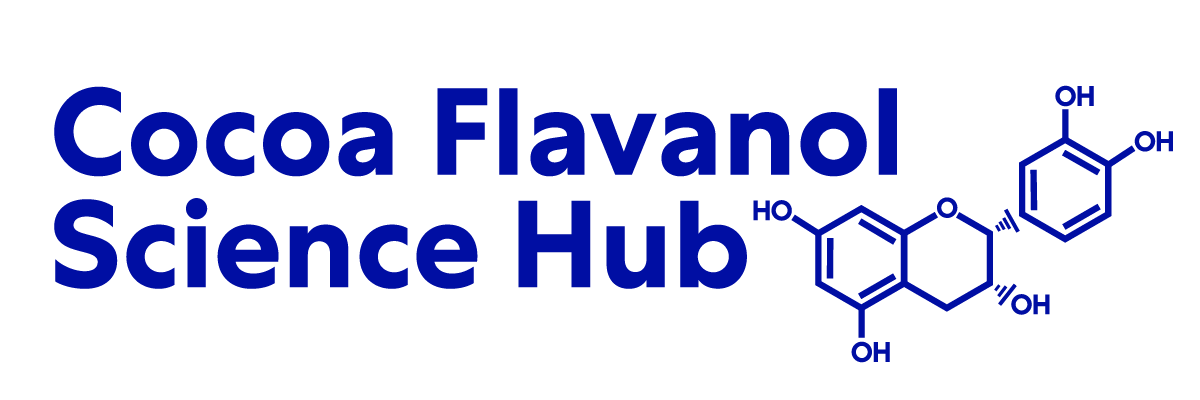The metabolome of [2-14C](−)-epicatechin in humans: implications for the assessment of efficacy, safety, and mechanisms of action of polyphenolic bioactives
Diet is a major life style factor affecting human health, emphasizing the need for evidence-based dietary guidelines for primary disease prevention. While current recommendations promote intake of fruit and vegetables, we have limited understanding of plant-derived bioactive food constituents other than those representing the small number of essential nutrients and minerals. This limited understanding can be attributed to some extent to a lack of fundamental data describing the absorption, distribution, metabolism and excretion (ADME) of bioactive compounds. Consequently, we selected the flavanol (−)-epicatechin (EC) as an example of a widely studied bioactive food constituent and investigated the ADME of [2-14C](−)-epicatechin (300 μCi, 60 mg) in humans (n=8). We demonstrated that 82 ± 5% of ingested EC was absorbed. We also established pharmacokinetic profiles and identified and quantified >20 different metabolites. The gut microbiome proved to be a key driver of EC metabolism. Furthermore, we noted striking species- dependent differences in the metabolism of EC, an insight with significant consequences for investigating the mechanisms of action underlying the beneficial effects of EC. These differences need to be considered when assessing the safety of EC intake in humans. We also identified a potential biomarker for the objective assessment of EC intake that could help to strengthen epidemiological investigations.
Press Release: Going Beyond Essential Nutrients: The Role Of Bioactives In Assessing The Impact Of Food On Health
See the Full Study > (opens in a new tab)









